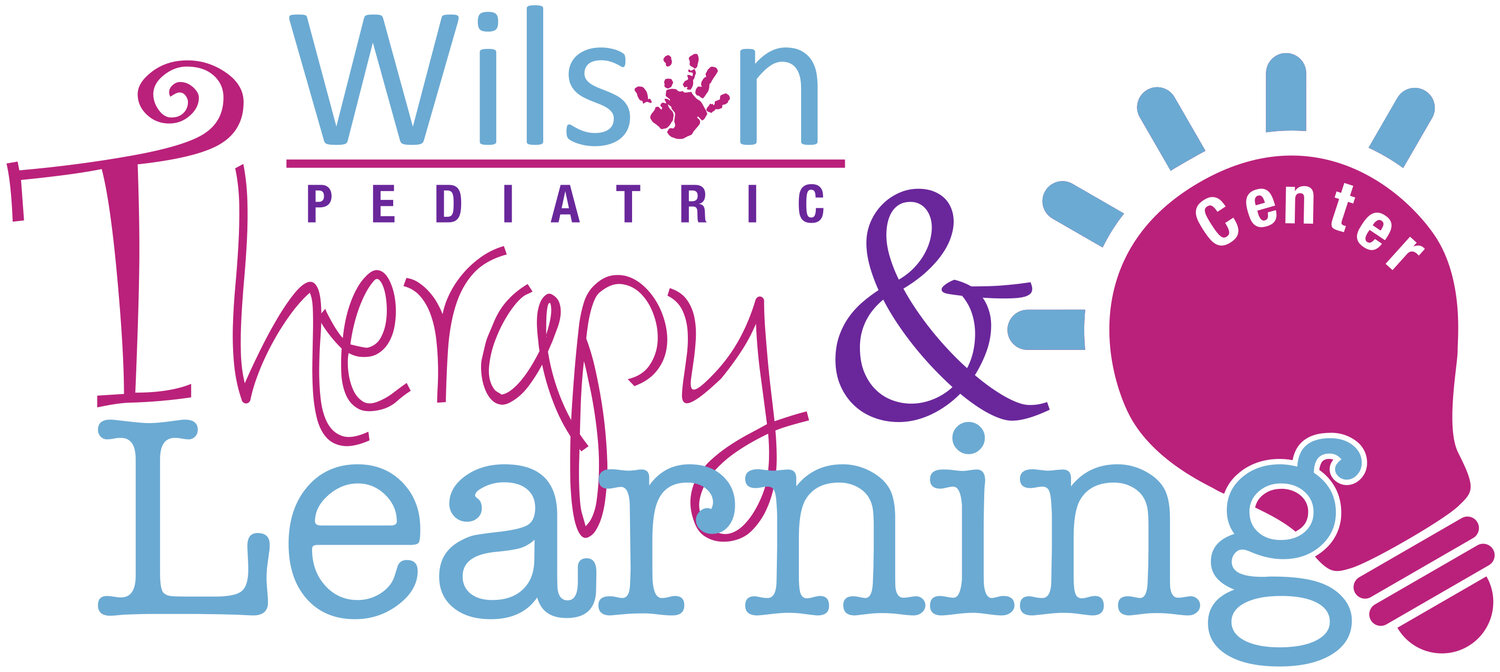
Year 4
Year 3-4
-
• Runs around obstacles
• Walks on a line
• Balances on one foot for 5 – 10 seconds
• Hops on one foot
• Rides a tricycle
• Walks up and down stairs with alternating feet, without support
• Jumps from 12 inches with feet together
• Uses a slide independently
• Climbs well (not including ladders)
• Skips, leading with 1 leg
-
• Builds a tower of 9-10 small blocks
• Uses playdough to make balls, snakes, cookies, etc.
• Builds things with large linking blocks, such as Megablocks or Duplo
• Draws a circle by herself
• Copies drawing a cross
• Imitates drawing a square
• Starts to hold a crayon or pencil with a mature grasp (like an adult)
• Cuts across a piece of paper
• Starts to cut along a straight line
• Manages buttons
• Puts on most items of clothing by herself, but may still need help with shirts and jackets
• Feeds themselves well with a spoon and fork
-
• Enjoys books, simple songs, nursery rhymes, silly words, and stories
• Has a vocabulary of 900 or more words
• Most of what they say can be understood
• Puts words together to form 3-4 word sentences
• Asks and answers “who”, “what”, and “where” questions
• Asks LOTS of questions
• Likes to talk and have conversations with people
• Uses proper grammar most of the time
• Uses pronouns “I”, “you” and “me”
• Knows their name, gender, street name, and a number of nursery rhymes
• Knows some prepositions (position words) such as in, on, and under
• Often makes mistakes with negatives and use “double negatives” ie: “I don’t not want to go”
• Follows a 3 part command
• Begins to recognize some letters and words (e.g. recognizes "stop" sign, the "M" for MacDonalds, etc.)
• Sorts (match) objects by: function (find something you play with, wear, etc); size (big, little); familiar colors.
• Names one color
• Is develping number concepts – can give you 1, more, or all of something
• Counts objects, even if they don’t have all the numbers correct.
• May repeat sounds, words, or phrases (may sound like stuttering)
• Stays with one activity for 8-9 minutes
-
• Eats the same foods as the rest of the family
• Might still be difficult to chew tough foods
• Feeds well with utensils
• Has definite food likes and dislikes & refuses certain foods
• Wipes own mouth and hands with a napkin or cloth
• Starts to serve themselves at the table with some spills
• Pours liquids into cup from a small container
-
•Recognize herself in the mirror or photograph and smile or make faces at herself
•Begin to say ‘no’ to bedtime and other requests
•Imitate adults’ actions and words (e.g. chores)
•Understand words and commands, and respond to them
•Hug and kiss parents, familiar people and pets
•Bring things to “show” other people
•Begin to be helpful around the house
•Begin to feel jealousy when she is not the center of attention
•Show frustration easily
•May play next to another child, but will not really share until 3 or 4 years of age
•Be able to play alone for a few minutes
•React to changes in daily routines
•Share a piece of food
•Develop a range of emotions (may have tantrums, show aggression by biting, etc)
•Start to assert independence by preferring to try to do things “by myself”
-
•Be able to sort and match things (e.g. recognize and match colors)
•Organize things by size
•Identify parts of a whole, such as the wheel of the car
•Draw a very simple picture and be able to tell you what it is (you might not recognize it)
•Use “why?” and “how?” questions
•Tell you their full name and age
•Play with an activity for a longer stretch of time (5-15 minutes)
•Have a basic understanding of time, know the difference between past and present
•Enjoy singing, dancing, or acting
-
• Able to calm self to sleep at night
• Expresses emotions
• Tolerates different clothing textures
• Copes in a noisy environment
Red Flags
-
If you notice or are concerned about some of the following things about your child, you may want to talk to your physician or another health professional.
•Not meeting developmental milestones
• Walks on their toes all the time
• Eexcessively clumsy
• Something appears wrong with child’s legs and/or feet
• Complains of persistent pain or fatigue
• Skills are regressing
-
If you notice some of the following things about your child by 4 years old, you may want to talk to your doctor, or to another health professional such as an occupational therapist.
• Movements seem shaky or stiff
• Arms and hands seem very weak
• Not able to cut across a piece of paper with scissors
• Cannot copy a cross (+)
• Not able to draw a circle and straight lines by herself
• Cannot string ½ inch beads onto a lace
• Cannot use a fork and spoon well
• Not able to put on her own pants, loose socks, and shoes
-
If your 3-4 year old shows 2 or more of the following, contact a speech-language therapist to ensure your child is not having difficulties with developing communication skills:
• Little interest in talking to adults or children
• Sentences are not growing in length or complexity
• Poor sorting or matching skills
• Difficulty answering questions: what, what-doing, where
• Not asking who, what, or where questions
• Not easily understood by family members or familiar people in their li
-
If your child is showing some of the following signs, it may be helpful to talk to your doctor or another health professional, such as a speech language pathologist or occupational therapist.
• Regular coughing or choking during eating
• Taking a really long time to eat a meal (more than 30-45 minutes)
• Getting sick often with pneumonia or chest infections
• Gurgly, hoarse, or breathy voice after eating
• Less than normal weight gain or growth
• Lots of leakage of food or liquid from the mouth
• Coughing, gagging, or throwing up during or after meals
• Stuffing mouth with food
• Holding food inside pockets in mouth for long periods
• Difficulty accepting new textures of food
• Avoidance behaviours to specific foods and textures (gagging, vomiting, blocking the spoon with hands or closed lips, crying, pushing food away, etc)
• Refusing to eat more than a few foods, or refusing to eat anything from one of the food groups
• Being extremely rigid about how food is prepared or how it is served
• Abnormal bowel movements that last longer than a few days (diarrhea, constipation, loose stool)
• Skin reactions to foods (dry patches, hives, rashes) Note: If your child seems to be having a severe allergic reaction to a food (difficulty breathing, turning red, developing hives or rash on the face/chest), you should seek medical help immediately
-
If you notice some of the following things by the time your child is 4 years old, you may want to talk to your doctor, or to another health professional such as a speech-language pathologist, an occupational therapist, or a psychologist.
He is not able to initiate or join in play with other children
• Not able to share at all with other children
• Wants to be dependent on her caregivers for everything
• Extremely “rigid” about routines, and becomes extremely upset when things are changed
• Has extreme difficulty separating from you
• Too passive or fearful, and does not want to try things other children his age are doing
• Has extreme fears that interfere with daily activities
-
If you notice some of the following things by the time your child is 4 years old, you may want to talk to your doctor, or to another health professional such as a speech-language pathologist, an occupational therapist, or a psychologist.
• Not able to recognize and point to at least 3 colours or shapes
• Not interested in pretend play
• Constantly moves from one activity to another and is not able to stay with an activity for brief periods
• Not able to sort objects by their characteristics (e.g. colour, size, shape, etc)
• Not able to complete a simple 4-6 piece interlocking puzzle
Information obtained from: